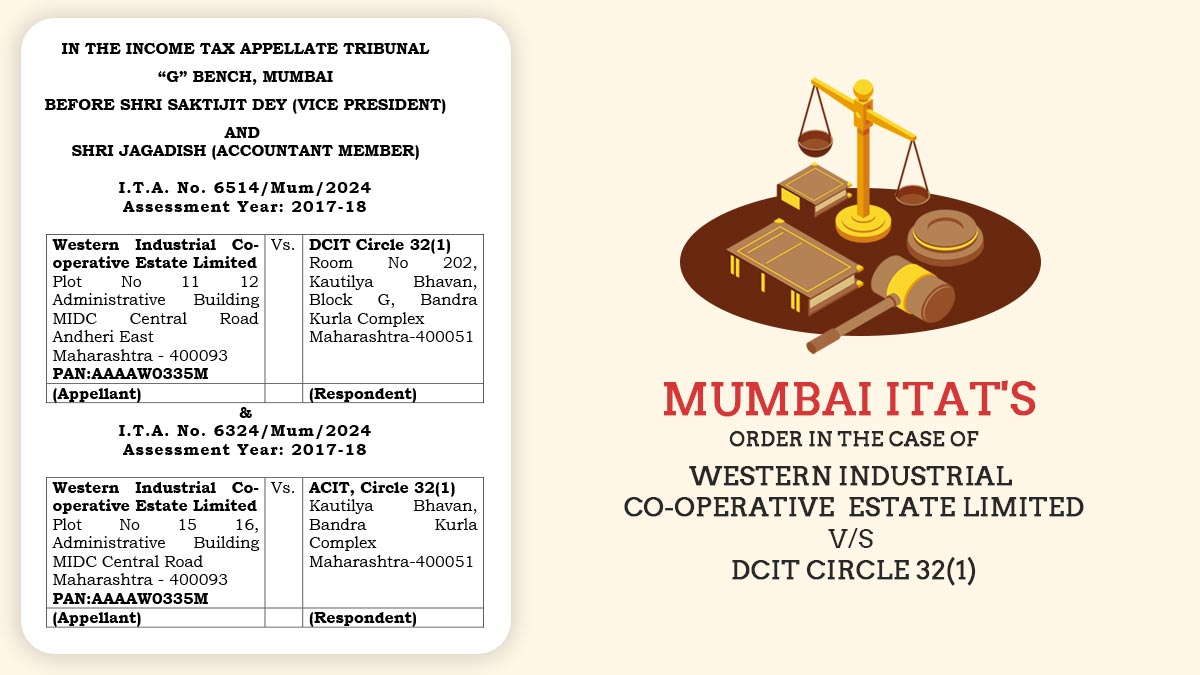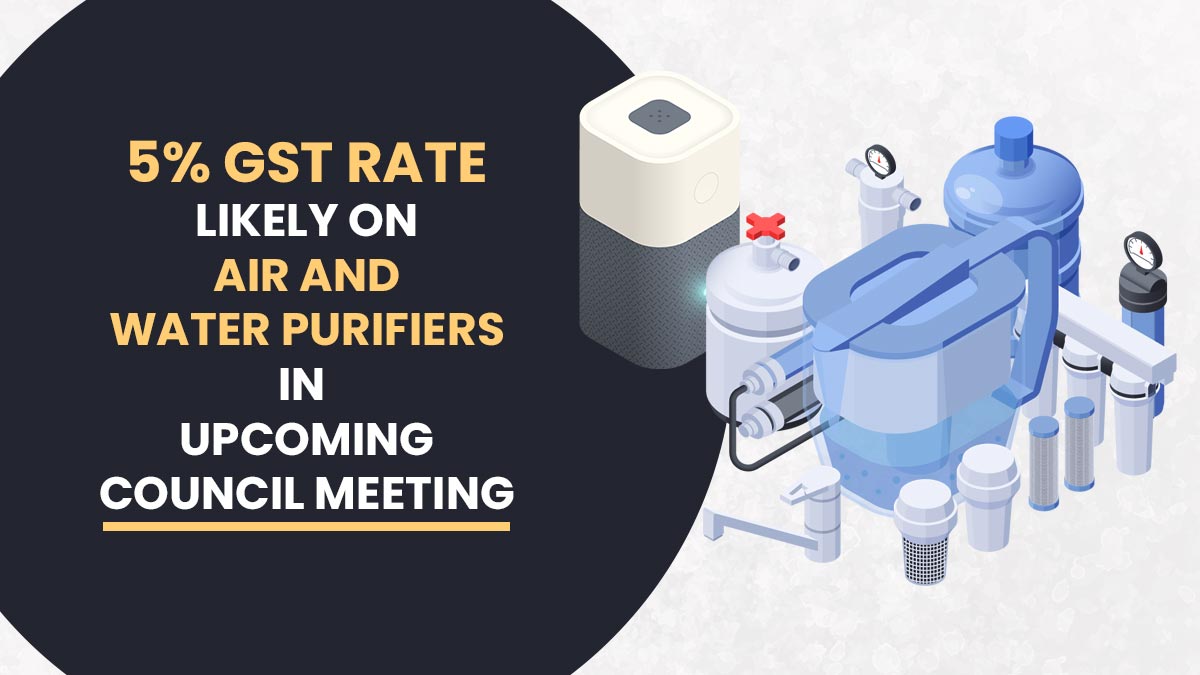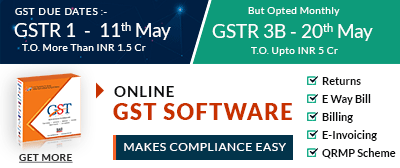
At the end of the year, an indication of surged economic activity, e-way bill (EWB) generation rose to an all-time high of over 12 crore in March 2025, which specifies an influential 20% rise compared to the previous month.
This marks the highest number of e-way bills issued in a single month since the system’s launch in April 2018, indicating increased compliance and a year-end rush in business transactions.
Under the GST regime, an e-way bill is an obligatory electronic document that eases the monitoring of the movement of goods having a value of more than Rs 50,000. They serve as an indicator of economic activity in the goods sector, particularly in the B2B space.
Did March’s Activity Signal Market Madness or Real Momentum?
Experts attribute the rise to several factors, including better compliance, strong enforcement against GST fraud, and the typical year-end trend where businesses clear inventories, finalize accounts, and aim to achieve annual targets.
As per the tax expert, a rise of 20% in EWB generation shows that the businesses are actively recording the transactions. To attain a sustainable GST growth, this sort of formalisation is important.
Read Also: GST Revenue Crosses ₹1.96 Lakh Crore in March 2025, Recording a 9.9% Increase
The spike in March may directly affect the GST collections for that month, which are scheduled to be reported on May 1, 2025. Historically, GST collections for April, reflecting activities from March, have consistently set new records since the implementation of the GST regime in 2017.
Analysing the Trend: GST Collections Set New Records Each April
- April 2018: Crossed Rs 1 lakh crore for the first time
- April 2019: Rs 1.13 lakh crore
- April 2020: Dipped due to COVID-19
- April 2021: Rs 1.41 lakh crore
- April 2022: Rs 1.68 lakh crore
- April 2023: Rs 1.87 lakh crore
- April 2024: Rs 2.10 lakh crore
In April 2025, GST collections are expected to set another record, driven by the highest ever EWB generation.
What’s Behind the Cautious Optimism Among Experts?
Although the increase in e-way bills is a positive development, experts are cautiously optimistic. A GST expert pointed out that while e-way bill data shows the movement of goods, GST revenue is primarily determined by the value of invoices. This revenue also includes services, which are not accounted for in the e-way bill system.
Between e-way bill generation and GST revenue, there is a general positive correlation, though it is not rigorously linear. The major thing is that the same trend sustains after the financial year-end push.
The significance of tracking consumer sentiment and wider economic indicators is cited by a tax expert. “If consumer spending remains subdued, this momentum might fade quickly. However, the rise in compliance and enforcement effectiveness is a positive sign in itself.”
Closure
In March, the record-breaking 12 crore GST e-way bill generation specifies a robust close to FY 2024-25, showing effective compliance, rectified legislation, and active inventory movement.
The GST collection data of April, due by May 1, will provide a clearer picture. Current indicators suggest a strong fiscal conclusion for the government and possibly a new collection milestone under the GST regime.









